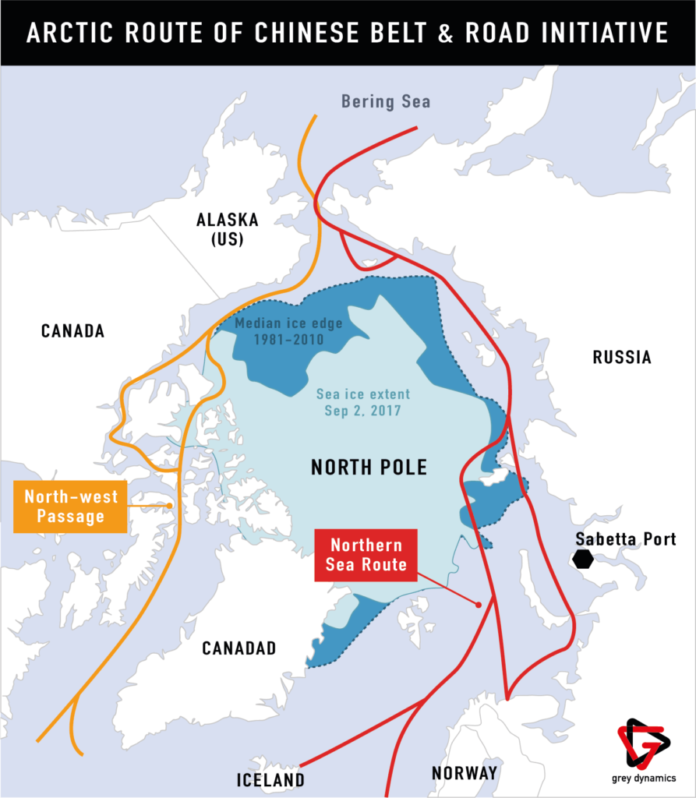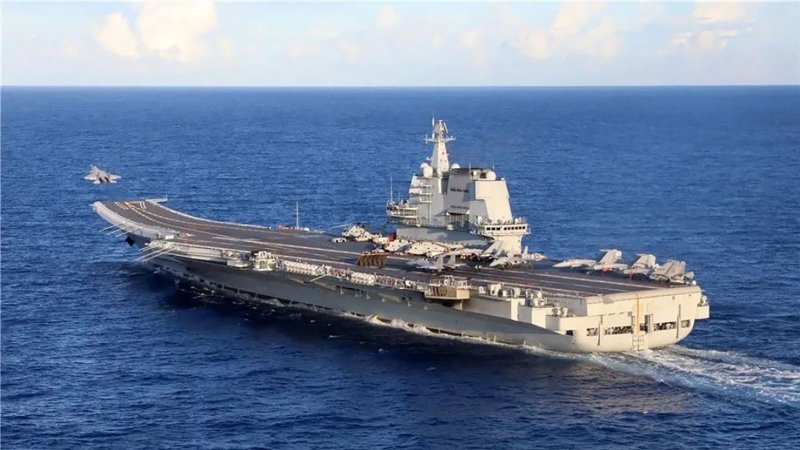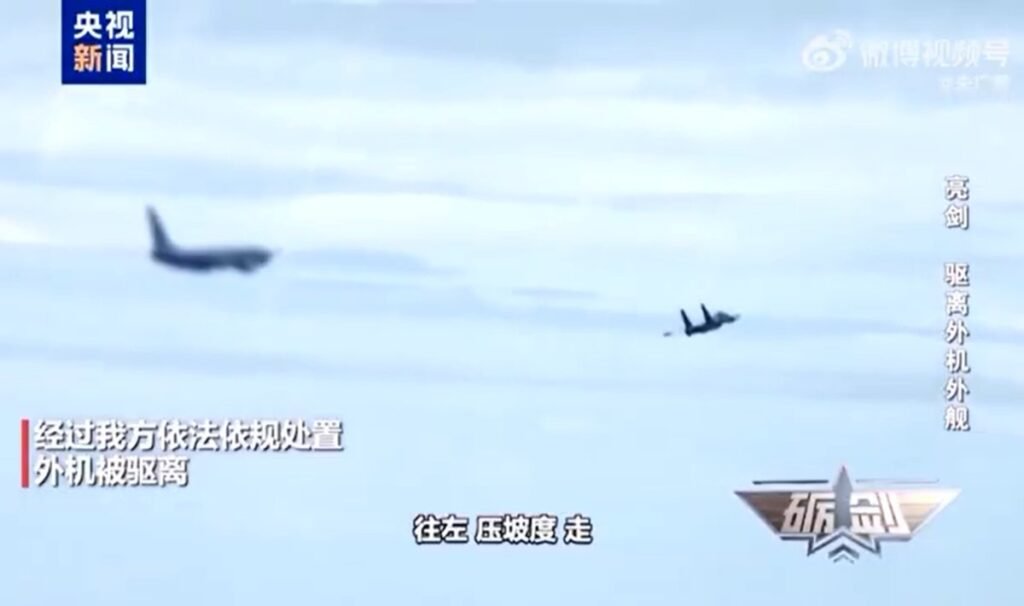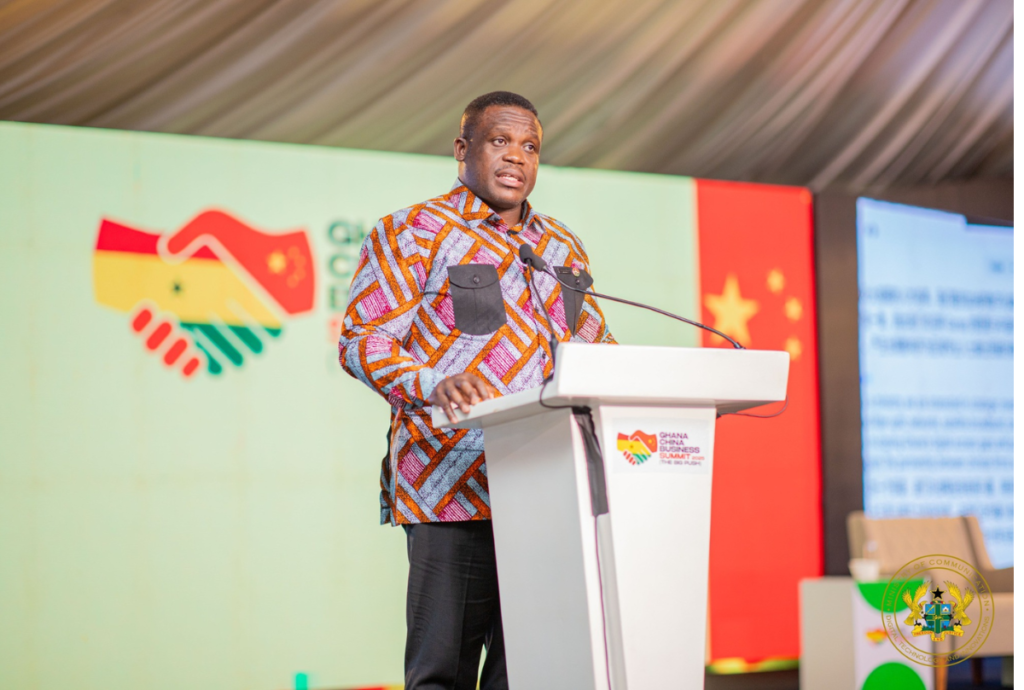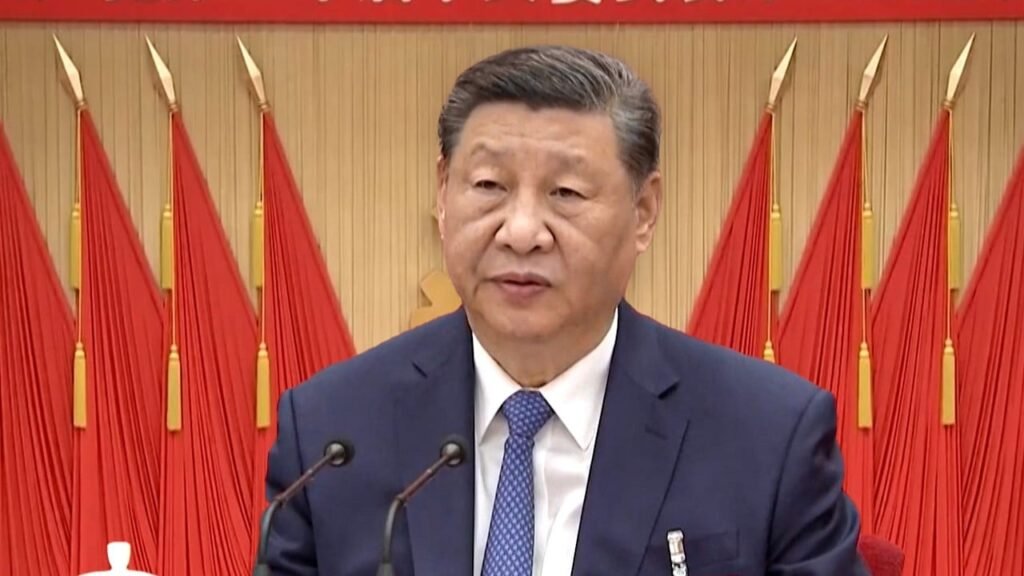Taiwan, a self-ruled island claimed by China, has reportedly received missile launch systems from the United States that are designed to sink invading ships.
An official from China‘s Defense Ministry said last week that Beijing opposed any form of what he called “military collusion”—including arms sales—between the U.S. and Taiwan.
Newsweek has contacted the Taiwanese Defense Ministry for comment by email.
Why It Matters
While the U.S. has maintained diplomatic ties with China since 1979, it is required by law—under the Taiwan Relations Act—to provide the island with defensive arms to “resist any attempt to resolve differences” across the Taiwan Strait by means other than peaceful ones.
China possesses the world’s largest navy by hull count, including amphibious ships designed to project air and ground power in island-landing operations. Beijing has vowed to reserve all “necessary” options, including the use of force, to achieve unification with Taiwan.

Two Chinese navy Type 071 amphibious transport docks sailing in the South China Sea during a maritime training exercise on August 3, 2024.
Qiao Chenxi/Chinese military
What To Know
Citing a source familiar with the matter, the Taiwanese Central News Agency reported on Saturday that the first five Harpoon anti-ship missile launcher vehicles—part of the Harpoon Coastal Defense Systems—had been delivered from the U.S. to Taiwan, along with a radar truck. Newsweek has been unable to independently verify this report.
In 2020, the Pentagon‘s Defense Security Cooperation Agency announced that the U.S. would sell 100 Harpoon Coastal Defense Systems and up to 400 RGM-84L-4 Harpoon Block II surface-launched missiles to Taiwan at an estimated total cost of $2.37 billion.
According to its manufacturer, Boeing, the Harpoon Block II missile is armed with a 500-pound penetrating high-explosive warhead and is capable of striking ships more than 77 miles away. Taiwan is scheduled to receive all of its Harpoon Coastal Defense Systems by 2028.
During a news conference on June 26, Senior Colonel Zhang Xiaogang, a spokesperson for the Chinese Defense Ministry, denounced Washington for “misleading Taiwan into the flames of war” through arms sales, adding that such actions harmed Taiwan and undermined the island’s interests.
In its arms sale announcement in December 2020, the U.S. Defense Security Cooperation Agency said the “highly reliable and effective” land-based Harpoon anti-ship missile system would help Taiwan counter or deter maritime aggressions, coastal blockades and amphibious assaults.
“The proposed sale of this equipment and support will not alter the basic military balance in the region,” the agency said, describing the Harpoon missile as an anti-surface warfare weapon with “day, night, and adverse weather, standoff air-to-surface capability.”

Taiwanese air force personnel standing in front of an armed F-16V fighter jet behind two Harpoon anti-ship missiles during a drill at Hualien Air Force base on August 17, 2022.
SAM YEH/AFP via Getty Images
What People Are Saying
Senior Colonel Zhang Xiaogang, a spokesperson for the Chinese Defense Ministry, said at a news conference on June 26: “We urge the U.S. side to abide by the one-China principle and the three China-U.S. joint communiqués, and stop sending wrong signals to the ‘Taiwan independence’ separatist forces.”
The U.S. Defense Security Cooperation Agency said in an announcement in 2020: “This proposed sale [of Harpoon Coastal Defense Systems] serves U.S. national, economic, and security interests by supporting the recipient’s continuing efforts to modernize its armed forces and to maintain a credible defensive capability.”
What Happens Next
It remains to be seen whether Taiwan will request additional ship-sinking weapons from the U.S. as Washington continues to arm its allies and partners in the western Pacific Ocean—including Australia and Japan—to counter China’s growing naval threat.


